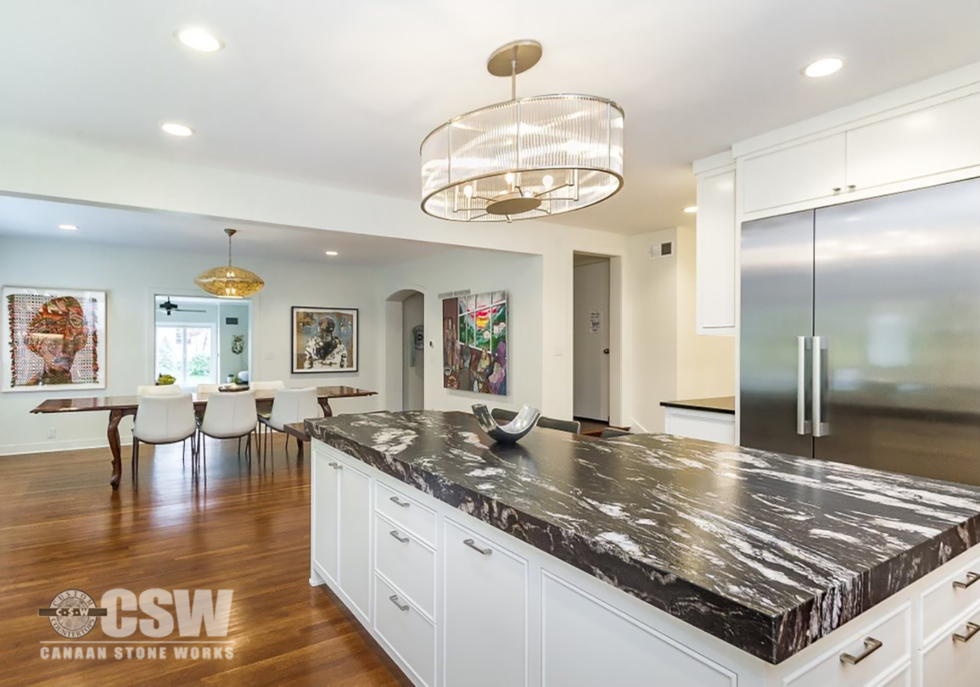Choosing Kitchen Finishes Wisely
Deciding on finishes is one of the most challenging parts of a remodel — particularly a kitchen remodel. If you browse the discussion boards you’ll get a taste of how confusing the process can be.
Of course, what makes it even more complicated is that there’s no set rule to choosing materials and finishes. There are as many rules as there are clients and designers, or even combinations of clients and designers. Every project is different. But there are still some general guidelines that can help you make sense of your kitchen remodel.
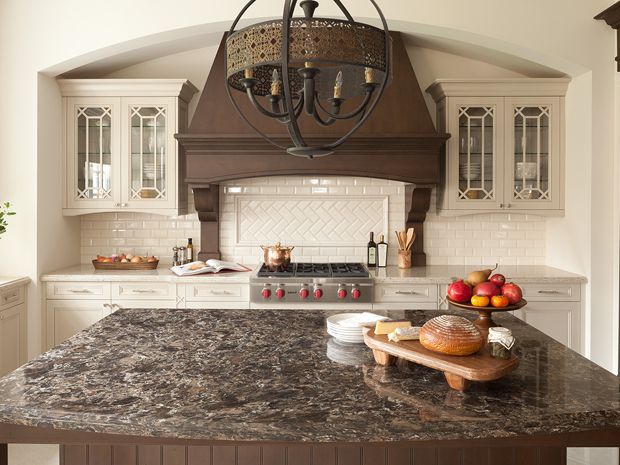
1. Start with your countertops.
Countertops require careful contemplation, especially for a large island, as this can be the biggest single item of color and texture. This large surface area is a great place to start and can be the basis for the rest of your kitchen’s materials palette.
Choose a countertop that’s durable and easy to clean. Look into granite or composite materials like Caesarstone® first. For a bigger statement, go for marble, green products like Paperstone® or natural wood. Aim for light, smooth and reflective materials. Large-format tiles or slabs of stone will minimize grout lines and create a smooth and easy-to-clean surface.
2. Consider the cabinetry.
Depending on the kitchen, you might start with the cabinet as the beginning of the materials palette. This is what ends up being the focal point of the kitchen – as the wall cabinets are smack dab at eye level.
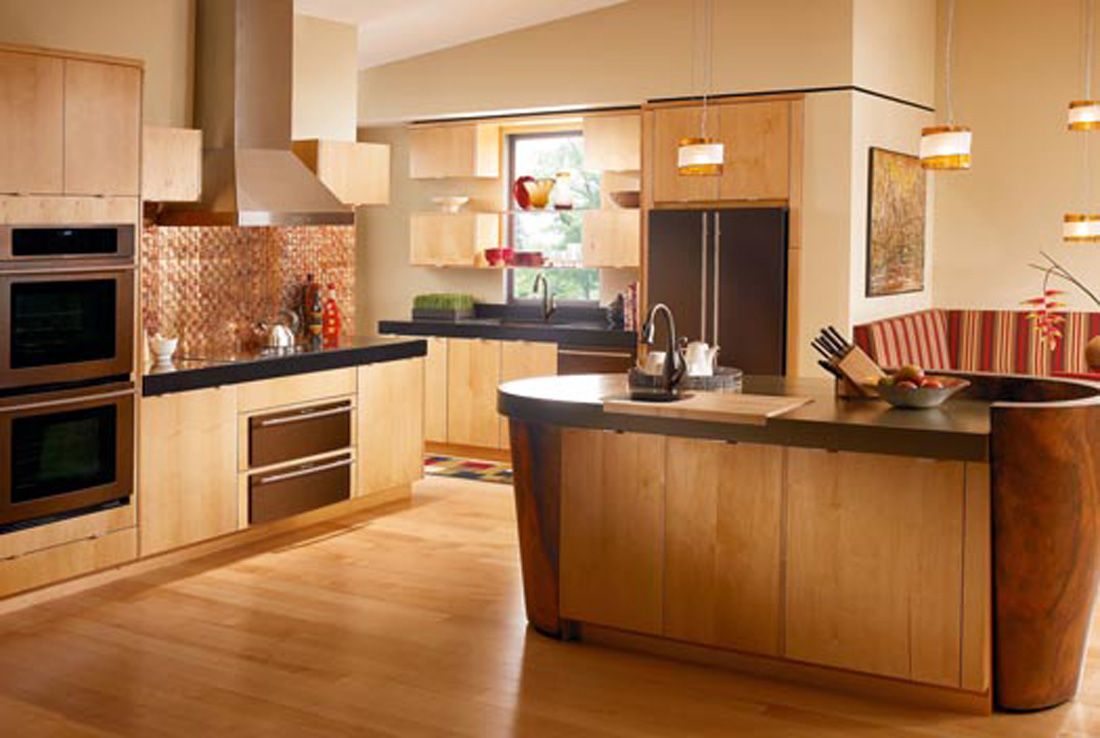
Keep materials choices as simple and natural as possible. Slate, marble and wood are all common choices. Think about sticking to a small palette — three or four materials — to keep it simple. Look for light-colored cabinetry to keep the space open and bright, using other materials in small doses for visual depth and texture.
3. Use additional finishes to pull the space together.
Let contrast be the key. If the counters are rich and dark, go with a lighter backsplash. A monochromatic approach is great, but if the countertop is visually active, calm it down on the backsplash. Choose a backsplash color that visually contrasts with your countertop and cabinetry. Floors are usually decided based on the surrounding rooms, but make sure the colors won’t clash with what’s in your kitchen.
The other little things — lighting, fixtures, bar stools and hardware — can tie the look of the kitchen together. Again, less is more here.
We would love to hear about your kitchen remodel.
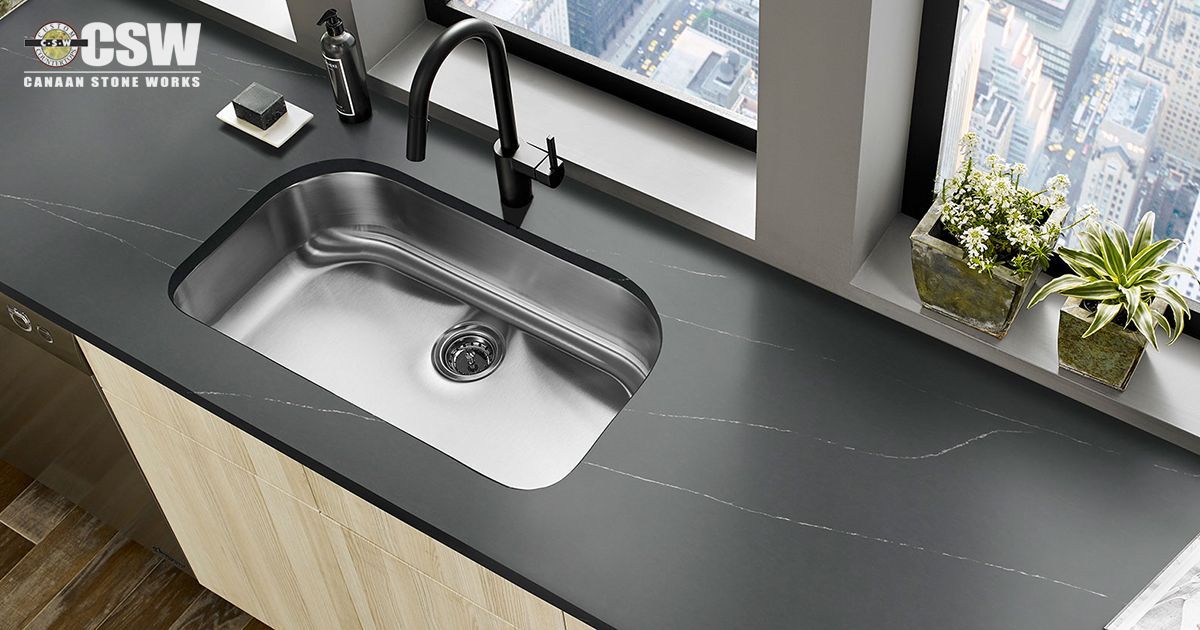
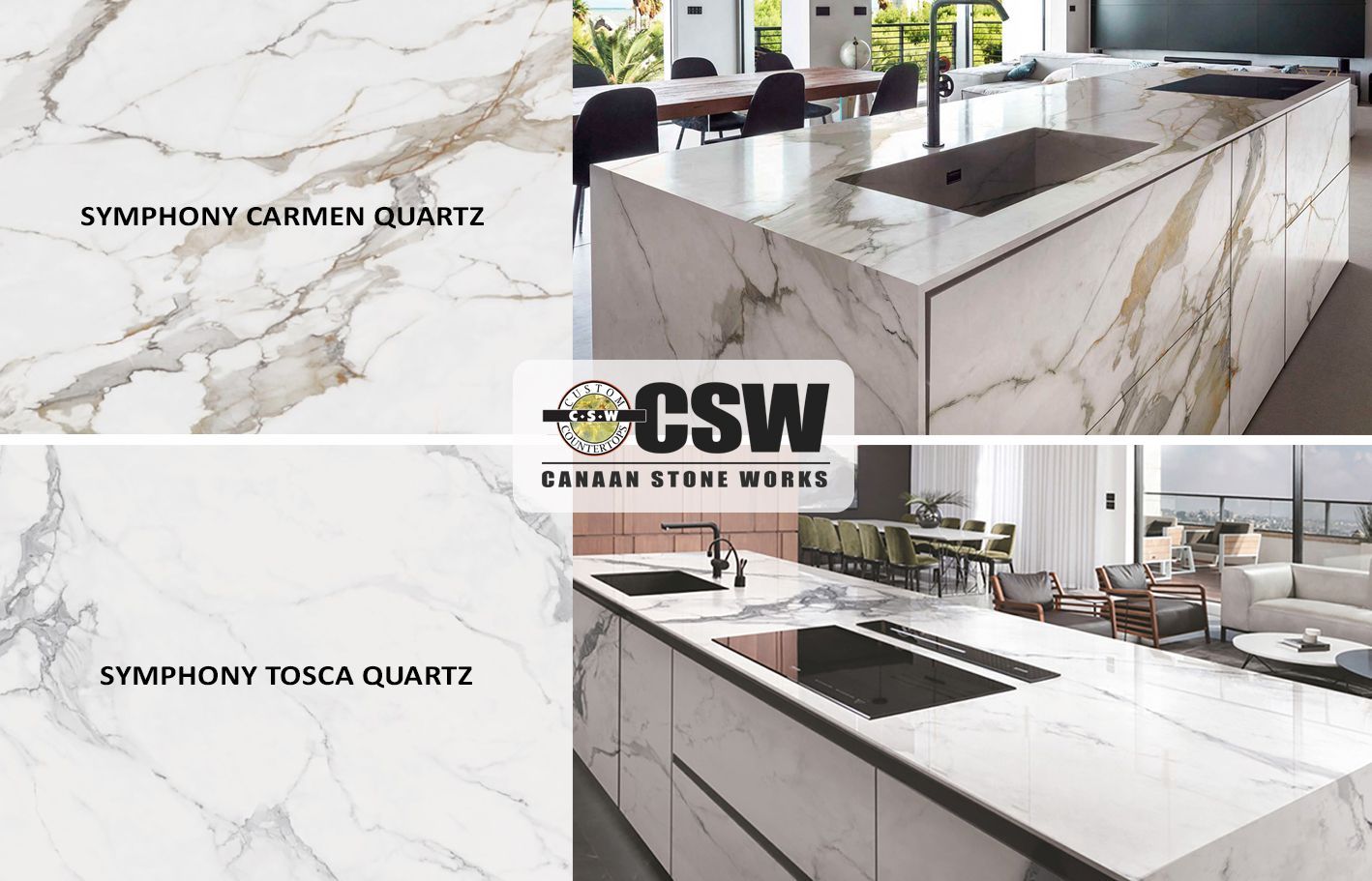

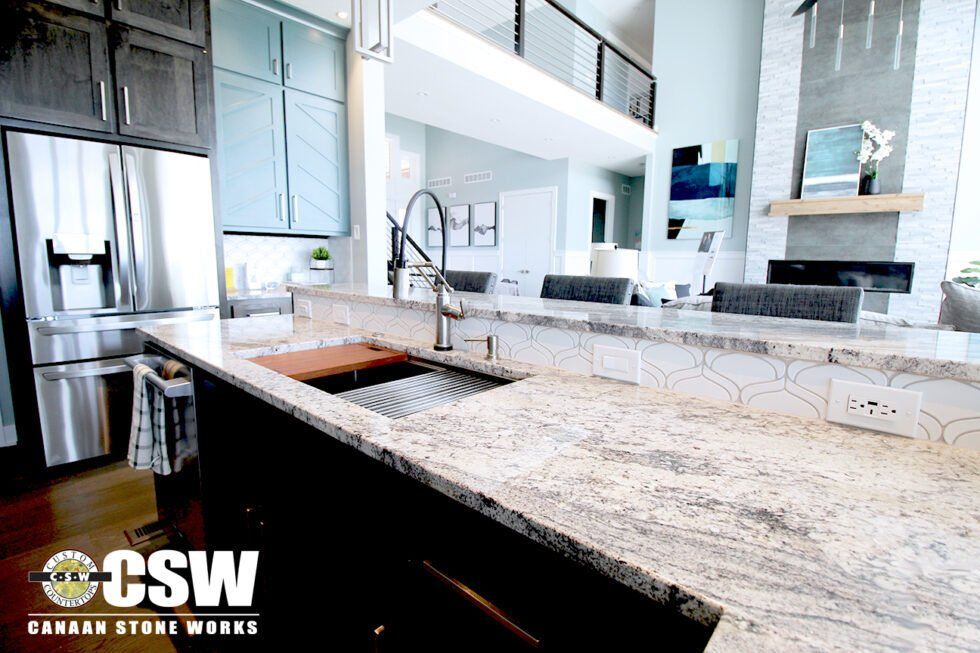

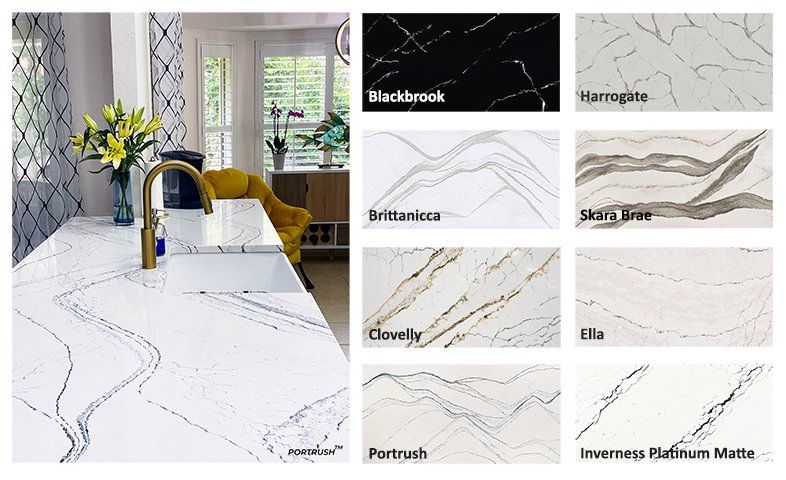
All Rights Reserved | Canaan Stone Works


